Keystone Ecology
Keystone Habitats
Keystone – making ecology our business
Keystone Marine
Our marine ecological consultancy services include seabed, intertidal and sub-tidal surveys, seabed sampling, biotope surveys and mapping, marine mammal and bird surveys, plankton, fish and benthic surveys, GIS Mapping, Ecological Impact Assessment and the design and implementation of Mitigation, Monitoring and Management Plans.
Ecology, Habitats and Marine Survey, Assessment, Design, Planning and Contracting
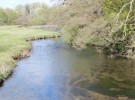
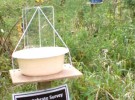

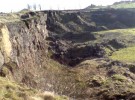
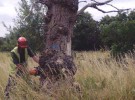




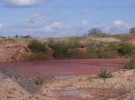
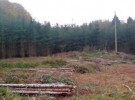
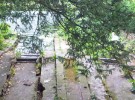
White Clawed Crayfish
White Clawed Crayfish are a UK protected species that is rapidly declining (UK BAP). It is a UK Biodiversity Action Plan (BAP) Priority Species and is listed on numerous Local BAPs.
White Clawed Crayfish populations are concentrated in northern and central England and their distribution is governed by geology, water quality and the presence of the non-native Signal Crayfish. They can be found in canals, streams, rivers, lakes, reservoirs, mill ponds and water filled quarries. Their preference is for mineral rich waters over calcareous and rapidly weathering rocks. Good flowing water habitats are those with cobbles and rock riffles, roots and woody vegetation, undermined and overhanging banks, heterogeneous flow patterns and water saturated logs.
White Clawed Crayfish photograph by David Gerke
Our support capabilities for White Clawed Crayfish issues are:
Ecology
Survey
White Clawed Crayfish trapping and stone turning surveys.
Design and Assessment
Masterplan design and Impact Assessment.
Licence Application
White Clawed Crayfish licence application, site supervision and monitoring.
Mitigation
Receptor site selection and compensatory habitat design, precautionary working method statements, tool box talks, pre-works survey and site supervision, and translocation.
Management and Monitoring
Production of management plans and monitoring during construction and post mitigation.
Habitats
Habitat Creation and Restoration
River, ditch and rhine restoration and channel creation, pond and lake creation and restoration, reedbed and wetland creation.
Habitat Clearance
Channel damming and draining, in-filling of waterbodies, tree, hedgerow, woodland and scrub clearance, stump grinding and treatment, and turf stripping.
Habitat Management
Short and Long-term habitat management for White Clawed Crayfish.